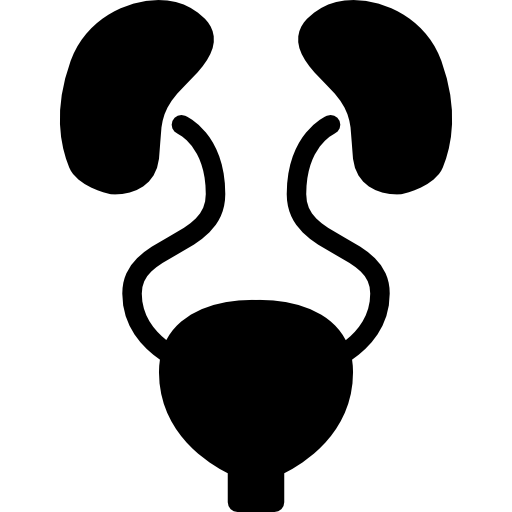Urinary Tract Infections (UTIs) are relatively common in Female have at greater risk of developing a UTI than are men. Medicine, UTIs can be effectively managed.
Urinary tract infections (UTIs) are bacterial infections that can affect any part of the urinary system, including the kidneys, ureters, bladder, and urethra. While they are more commonly associated with adults, UTIs can also occur in infants, children, and elderly individuals. Understanding the causes, symptoms, diagnosis, and treatment options for UTIs is crucial for effective management and prevention of complications.
Symptoms–
Fever: Often the only noticeable symptom.
Irritability: Excessive crying, fussiness.
Feeding difficulties: Refusal to eat or reduced intake.
Vomiting or diarrhea: Signs of systemic involvement.
Causes of Urinary Tract Infections
UTIs typically occur when bacteria enter the urinary tract through the urethra and multiply in the bladder. The most common bacteria responsible for UTIs is Escherichia coli (E. coli), which normally resides in the gastrointestinal tract but can cause infection if it enters the urinary system. Factors that increase the risk of UTIs include:
Gender: Women are more prone to UTIs due to their shorter urethra, which makes it easier for bacteria to reach the bladder.
Sexual activity: Sexual intercourse can introduce bacteria into the urinary tract.
Urinary tract abnormalities: Conditions like kidney stones or anatomical abnormalities can obstruct urine flow and increase the risk of infection.
Suppressed immune system: Conditions like diabetes or HIV/AIDS weaken the immune system, making infections more likely.
Catheter use: People with urinary catheters have an increased risk of UTIs due to bacteria entering the bladder via the catheter.
In older children and adults, symptoms may also include a frequent urge to urinate, a burning sensation during urination, and pelvic pain. However, infants may not exhibit typical symptoms, making diagnosis more challenging.
Homoeopathic Approach to Treating UTIs

